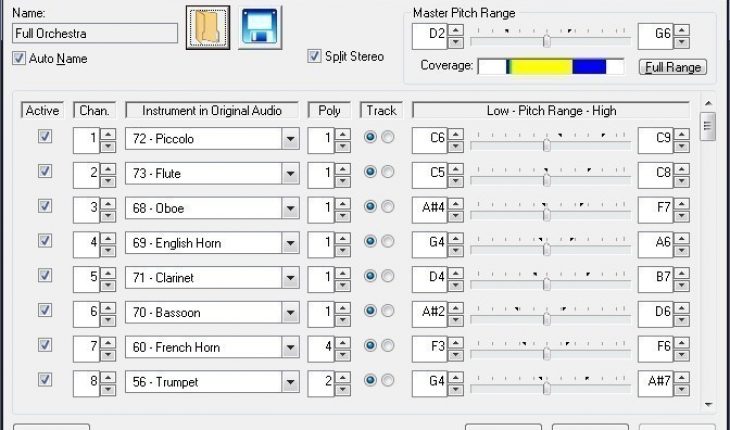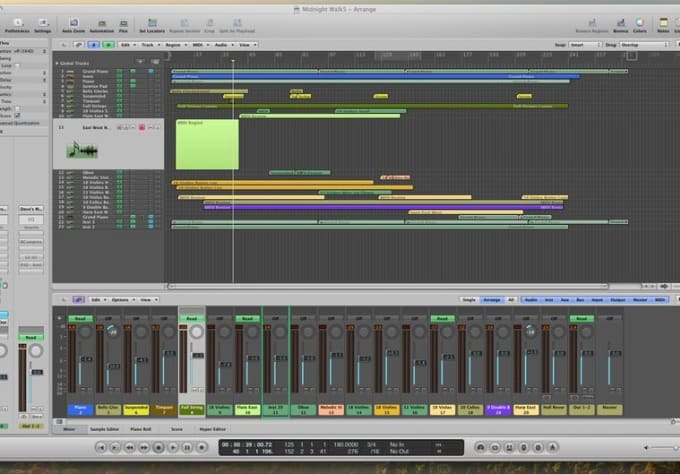


Just drag and drop the audio files you need to be converted directly into the program, choose an output format, and then start the conversion. If you're looking for a simple program that works without the advanced options and confusing interfaces that some of these audio converter tools have, you'll definitely like MediaHuman Audio Converter.

But everything is manageable ! The same issue exists with the midi (concerning the OH).Īlso you might run into some phase issues with your samples if you decide to mix them, also a thing you have to take care of.Missing the advanced options you might find in other, more robust audio file converters. There are 1-2 problems such as, if your overhead mics are not very close to the crashes and there's no isolation, you might find it hard to make the new snare cover the previous in the best way, and you'll have to fight it. The sound can also be mixed with the original signal so it feels even more humanized. In addition you can put your own samples into drumagog or someone elses ! (slate etc.) i think it's one step less towards your target! In rock music where there are not a lot of dynamics and things are pretty standard it works wonders, lot's of new bands use it all the time in big records and stuff. This plugin has ,for a snare let's say, 50 samples, of the same snare hit with various ways and as it reads your signal it adapts in the best way it understands. I think you can easily bypass the midi procedure and actually try to fix the dynamics and stuff by using drumagog. If you have multiple recordings for each microphone, then you just repeat the above for each recording until you have built out a set of tracks like kick, snare, toms, overheads, etc. Because you are dragging the audio onto a MIDI track that has a drumkit instrument on it, Live will convert your audio into MIDI drums. Place your acoustic drums recording into the first scene on the audio track, and then drag and drop your acoustic drums audio recording onto the MIDI track. Create an audio track and a MIDI track, then choose a drumkit instrument for the MIDI track.

In Ableton Live 9, use the Session View, which is a grid where tracks go left-to-right and scenes go top-to-bottom. Logic then creates a software instrument drum track with a MIDI representation of your acoustic drum track. In Logic Pro X, you can place your acoustic drumkit audio recording on an audio track, and go Track ▶ Replace or Double Drum Track. Superior Drummer 2 should be able to plug-in to either one of them. You can do this with Logic Pro X or Ableton Live 9.


 0 kommentar(er)
0 kommentar(er)
